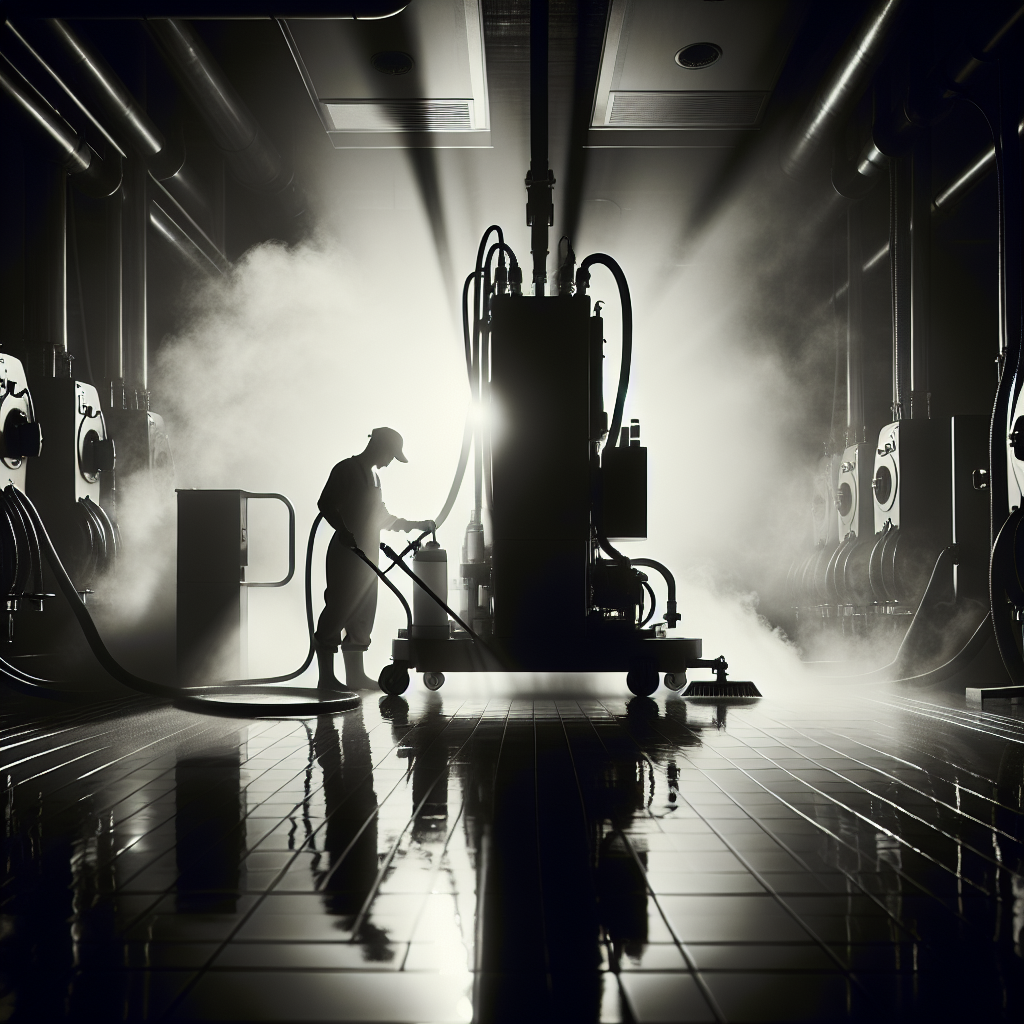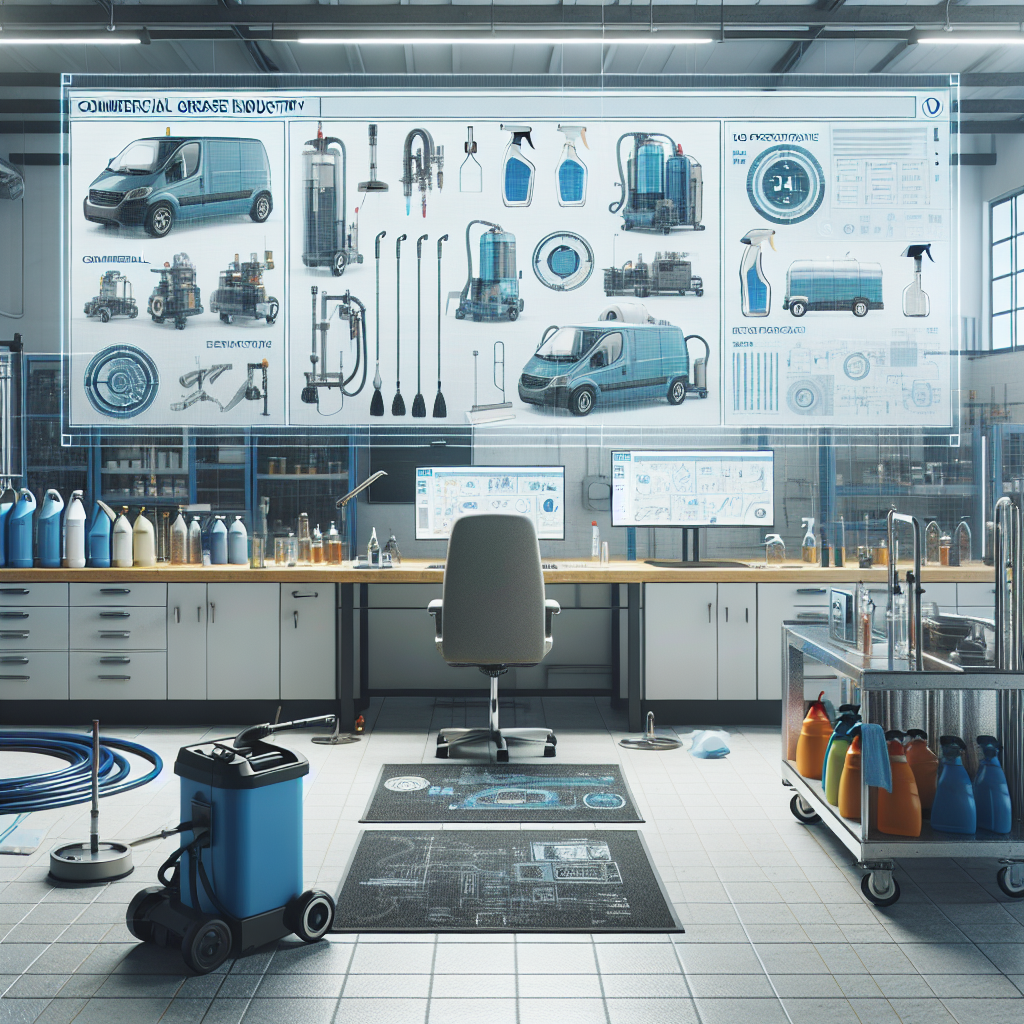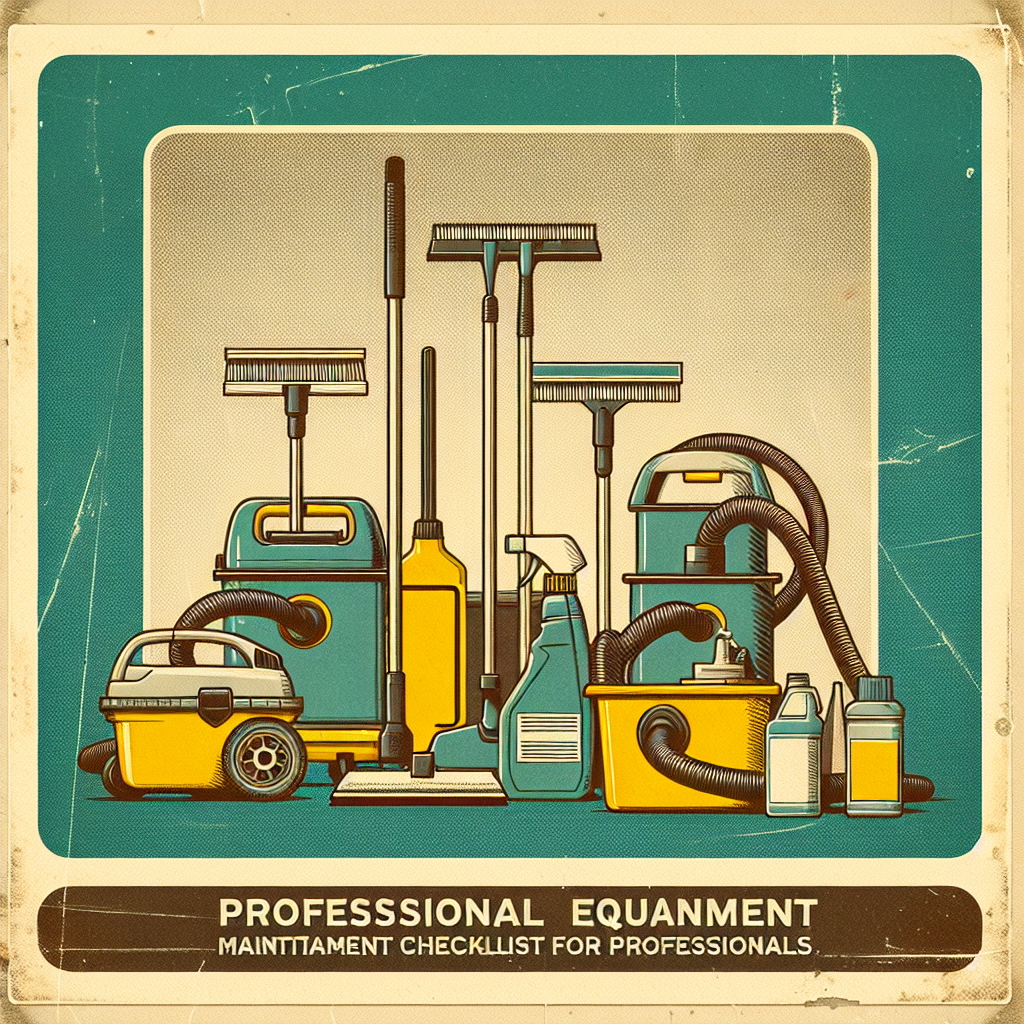Understanding Equipment Maintenance
Proper equipment maintenance involves a series of systematic actions aimed at preventing breakdowns, prolonging equipment life, and maximizing efficiency. It includes routine inspections, cleaning, lubrication, adjustments, repairs, and replacements as needed.
Step 1: Create a Maintenance Schedule
Establish a regular maintenance schedule for each piece of cleaning equipment in your inventory. This schedule should outline daily, weekly, monthly, and annual maintenance tasks to be performed.
- Note down the maintenance requirements provided by the equipment manufacturer.
- Allocate dedicated time slots for equipment checks and maintenance activities.
Step 2: Conduct Regular Inspections
Inspect your cleaning equipment regularly to identify any signs of wear, damage, or malfunction. Early detection can prevent minor issues from escalating into major problems.
- Check for loose components, leaks, unusual noises, and abnormal vibrations.
- Examine cables, hoses, belts, filters, and other parts for wear and tear.
Step 3: Clean and Lubricate
Cleanliness is key to equipment longevity and performance. Regularly clean your equipment after use to remove dirt, debris, and residue that can cause corrosion or damage.
- Use appropriate cleaning agents and tools recommended by the equipment manufacturer.
- Lubricate moving parts to reduce friction and wear, ensuring smooth operation.
Step 4: Perform Maintenance Tasks
Execute maintenance tasks according to the schedule, focusing on preventive measures to avoid breakdowns and costly repairs.
- Replace worn-out components such as filters, brushes, pads, or batteries.
- Adjust settings, calibrate equipment, and tighten loose fasteners.
Step 5: Keep Detailed Records
Maintain accurate records of all maintenance activities, including dates, tasks performed, parts replaced, and observations made during inspections.
- Use digital or physical logbooks to track maintenance history and identify patterns or recurring issues.
- Analyze maintenance data to improve your maintenance strategies and equipment performance over time.
Step 6: Training and Skill Development
Invest in training programs for your cleaning staff to enhance their equipment maintenance skills and knowledge.
- Provide hands-on training on equipment operation, maintenance procedures, and safety protocols.
- Encourage continuous learning and skill development to adapt to new technologies and best practices in equipment maintenance.
Step 7: Continuous Improvement
Embrace a culture of continuous improvement in equipment maintenance by seeking feedback, monitoring performance metrics, and implementing feedback-driven changes.
- Encourage proactive reporting of equipment issues and suggestions for improvement from your team.
- Regularly review and refine your maintenance processes based on feedback, industry best practices, and technological advancements.



